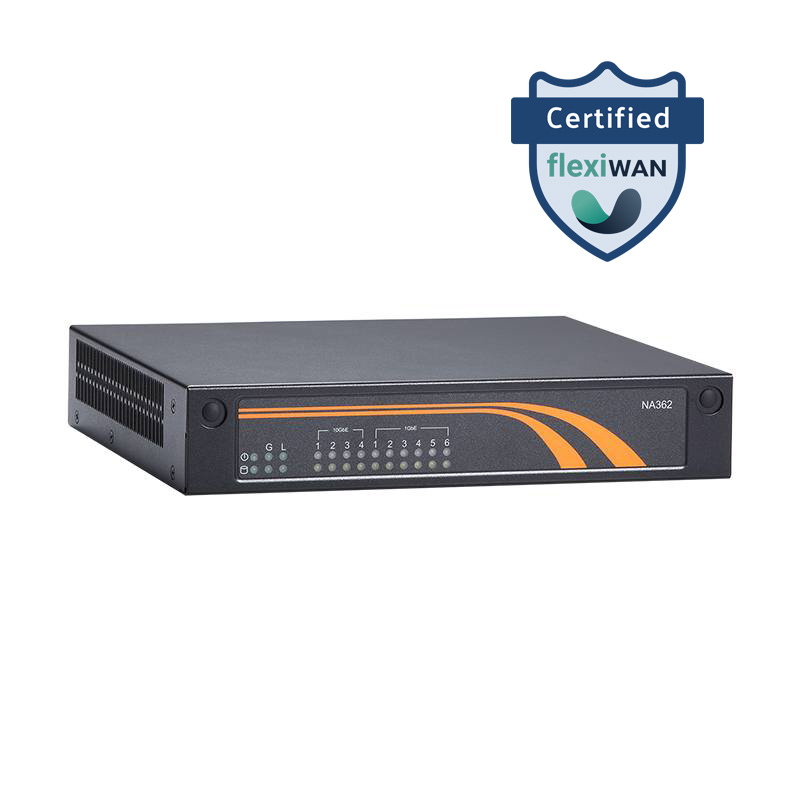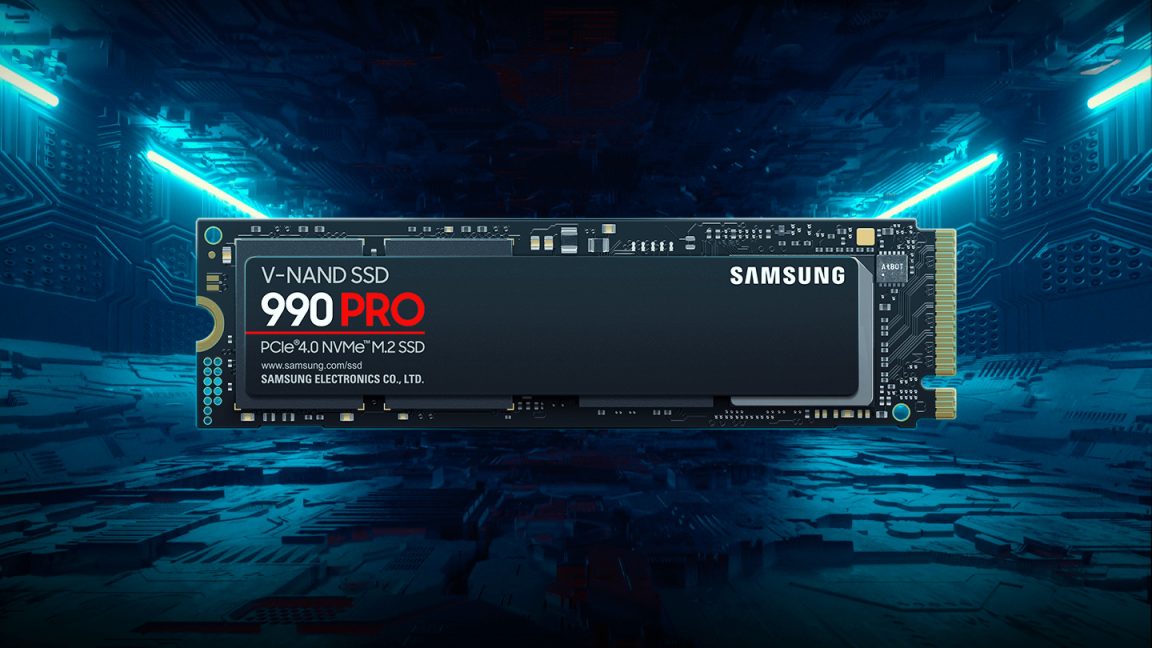The cooling seems to be under control...
I have now fitted a
Noctua NF-A4x10 FLX 40x40x10 fixed speed fan to my late model Topton MiniPC. It's a 12V fan, and I stole +12V from the SSD PWR header. Noctua now conveniently provide an OmniJoin adaptor set (4 x 3M Scotchlok IDC Butt Connectors) in their fan kits for those who have to cut and join wires. I was impressed.
At the same time as I ordered the MiniPC, I sourced locally two Samsung SSD 970 EVO Plus 500GB M.2 SSDs -- which I have discovered are notorious for running hot.
To test the cooling, I got the CPUs up 60C by running
sysutils/memtester continuously on half of the memory (8G).
I then ran the
benchmarks/bonnie++ benchmark to get the M.2 SSDs (mirror'd) working.
As an aside, the bonnie++ numbers were:
Block Output: 723M/sec (41% CPU)
Block Rewrite: 351M/sec (33% CPU)
Block Input: 658M/sec (44% CPU)
Random Seeks: 4895/sec (131% CPU)
That's not spectacular for M.2 NVMe, but the PCI lanes are X1.
With the CPUs warmed up, I started the bonnie++ disk benchmark.
Smartctl reports two temperatures for each SSD. The highest temperatures I observed were 57C/72C for nvme0 and 67C/83C for nvme1. Ambient was 18C.
Nvme1 as consistently hotter than nvme0. Nvme0 is directly under the fan (which I have blowing inwards). The good news is that nvme1 has headroom for a heatsink. Nvme0 does not (because of the fan). I reckon that a good heatsink will buy me 10C. That should keep them both to 57C/72C (maximum recommended is 70C). I still have to see what happens in really hot weather. But it would be unusual for me to have all CPUs and disks running flat out. So I think I will have a workable solution when I get the heatsink for nvme1.
The bad news is that 20 dBA on my desk is quite audible. So the whole notion of a quiet fanless PC is lost.
It's a great pity I could not test a PWM fan, because it would be inaudible for most of the time... but I'm not convinced that CPU temperature is a good proxy for the SSD cooling requirements, so it may not have done the job under stress. I have ordered a
1.25 pitch connector for the 4-pin 5V fan header, and might just order a 5V fan at some time in the future.
There's a few lessons learned. If you want to use NVMe M.2 SSDs on these things, pay a lot of attention to the heat they generate. Even if you choose well, they will probably need active cooling and one heat sink for longevity. Noctua fans are the quietest in the business, but they are still quite audible when running flat out.
If you want to avoid noise, best use is probably for applications that can boot and run from a USB3 stick. I have a media client doing exactly that on a slightly older MiniPC, and, with 16G of memory, it's quite pleasant to use for casual tasks. If I can get a 2.5 Gbit/sec Ethernet connection to my ZFS server for NFS, it might work very well for a wide variety of tasks (without local NVMe SSDs or fans).
On balance, the build quality is a little dubious, but I do believe it has improved over the last 12 months. Lack of vendor support, and BIOS updates remain a concern. But for the price, I took a chance, and I'm not disappointed.
Edit: with the fan, external case temperature at idle has been reduced from 45C to 25C.




